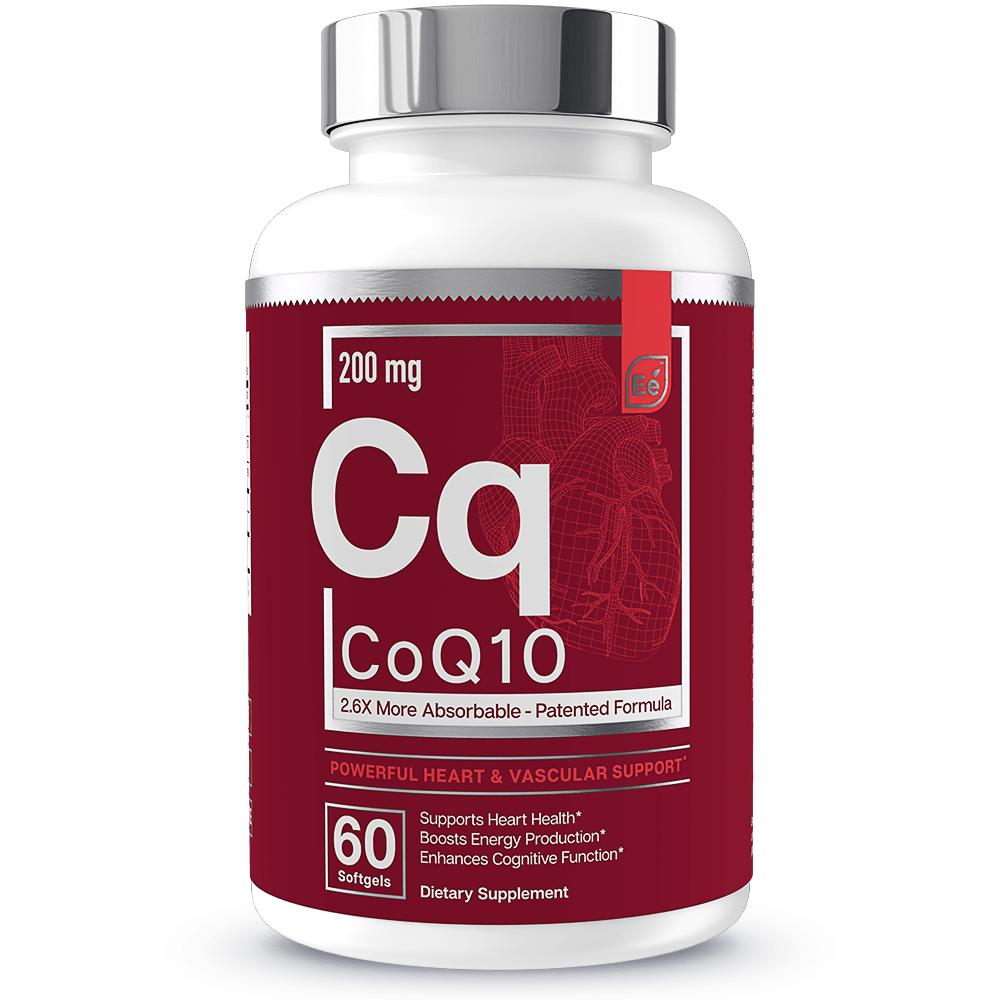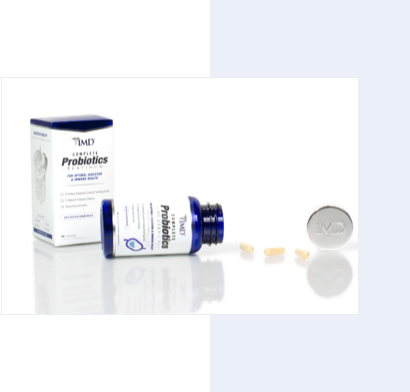Pain Awareness Month: 4 Yoga Poses for Painful Days + Turmeric Recipe
8 minute read
September is Pain Awareness Month. It’s a time to help others understand what living with chronic pain is like and to spread the word that those suffering from pain are not alone. It’s also a good time to look into new methods of pain management.
People who suffer from chronic pain typically have a customized treatment cocktail that may include a few different medications and supplements, some exercises and physical therapy, and even alternative treatment options.
It’s tricky to have to come up with just the right combination for each individual. This is why many people with pain issues like to experiment with new alternatives to see if there is a better plan available. Combining some of these gentle yoga poses with all-natural turmeric balm is a promising new approach.
Why Yoga for Pain Management
Stretching the right muscles in a gentle manner helps keep your joints mobile and reduces pain. This is especially useful for people suffering from rheumatoid arthritis, an autoimmune disease that affects 1.5 million people in the United States, according to the Arthritis Foundation.

| Related: 9 Rheumatoid Arthritis Superfoods |
Yoga is an excellent way to manage pain on a daily basis and to treat flares when they occur. By practicing these stretches daily, you’re increasing physical activity, flexibility, and strength. It can also reduce your perception of pain and boost your ability to deal with your pain.
If inflammation accompanies your pain, a small study looked at yoga as a treatment and found that it had anti-inflammatory benefits. In addition, the study found that yoga lowered the level of cortisol, the stress hormone. Lowering cortisol can have a positive impact on inflammation throughout the body, and the decreased level of stress makes managing pain easier.
The best part of using yoga stretches as part of your treatment plan is that you can do it at home. You don’t need to go to a class or have special equipment. Simply focus on your breathing, the movement you’re doing, and being aware of the moment.
Yoga Stretches for Pain Relief
It’s best to try these stretches for the first time at a moment when you’re feeling your best, so you get an idea of how to do them with a broader range of motion. Remember, always be gentle and never force a stretch.
1. Hand Yoga
♦ Start by making fists with both hands, and then open them fully.
♦ Make fists again and release your fingers one at a time, then reverse that and pull the fingers back in, one at a time.
♦ Continue opening and closing your hands while circling your wrists.
♦ Keep doing that and move your arms out to your sides so you can roll your arms up to the shoulder.
2. Foot Yoga
♦ Sit in a chair, so your bare or stockinged feet rest flat on the ground.
♦ Rock your feet back and forth, from heel to toe and vice versa, holding for a count of 3 at the toes and heels.
♦ Try curling your toes in, one at a time, and then release in the same way, much like with the hand/finger exercises.
3. Seated Twist
♦ Sit in a chair with your feet flat on the ground and your spine straight, and not resting against the backrest.
♦ Reach your right hand to your left knee, and reach your left hand behind you so your torso twists. Don’t over twist or stretch here, do just what’s comfortable.
♦ Inhale and exhale deeply, focusing on the breath and relaxing into the stretch. Take a couple of breaths, and then on the exhale, return to a front-facing position.
Now try it on the other side.
4. Shoulder and Neck Stretch
♦ Stay seated in the chair with good posture. Imagine a string pulling you up through your spine and the top of your head.
♦ Inhale and tuck your chin down slightly, and look to the right while you exhale.
♦ Inhale and return your head to the center.
♦ Exhale and look to the left.
♦ Inhale and return your head to the center.
♦ On the next exhale, drop your right ear toward your right shoulder.
♦ Inhale and return your head to the center.
♦ Exhale and do the same on the left side.
Adding Turmeric to Pain Management
Working in conjunction with yoga stretches, a turmeric balm applied topically to your targeted pain regions can amplify your relief. Curcumin, the active ingredient in turmeric has strong anti-inflammatory properties.
While taking a high-quality oral supplement like CurcuminMD Plus is the typical approach to adding curcumin to a treatment regimen, studies have proven that topical curcumin is very effective at relieving inflammation. If you can apply the curcumin right to your pain area, it saves a middle step.
If you’re going to make your own curcumin balm at home, there are some key points to remember.
♦ It’s not soluble in water, so you need an oil carrier to help you absorb it.
♦ Virgin olive oil, virgin coconut oil, and clove oil also have anti-inflammatory properties, making them an excellent carrier.
♦ Leave the paste on the area for 20-30 minutes and then wash clean.
♦ Massage the paste into your skin when applying to get the biggest benefit.
Turmeric Pain Paste Recipe
Ingredients:
- ♦ 2 tablespoons turmeric
♦ coconut oil (or other oil mentioned above) as the carrier
Directions:
Try mixing two tablespoons of turmeric with one of the oils mentioned above. Start with mixing one teaspoon of oil at a time, until you get a paste that is spreadable but not runny. You may need to warm the oil slightly to make it easy to mix, depending on the oil you choose.

Apply this balm to the area with a gentle massage. You may want to cover the area with a warm washcloth while it sits for 20-30 minutes. Then rinse clean and try your yoga exercises.
The Bottom Line
Finding a customized pain management approach is crucial to living with chronic pain. Each approach is different, but most of them include a few different treatment modalities. Mixing up your pain management approach and trying new things can help you fine-tune the process.
Yoga is an excellent addition to a pain management regimen because it offers so many benefits, both physically and mentally. It’s also something you can adjust to fit your pain level on that particular day. Trying a few stretches that target your problem areas can help you learn to control pain and strengthen the area.
Adding curcumin as a soothing balm to your yoga and pain management approach may give you that extra level of inflammation control that helps you get through the day. There’s no need to buy a curcumin or turmeric balm when you can make one yourself.
READ NEXT >>> Protect Yourself From Harmful Drug Interactions


























 Health Guides
Health Guides
 Latest Research
Latest Research


